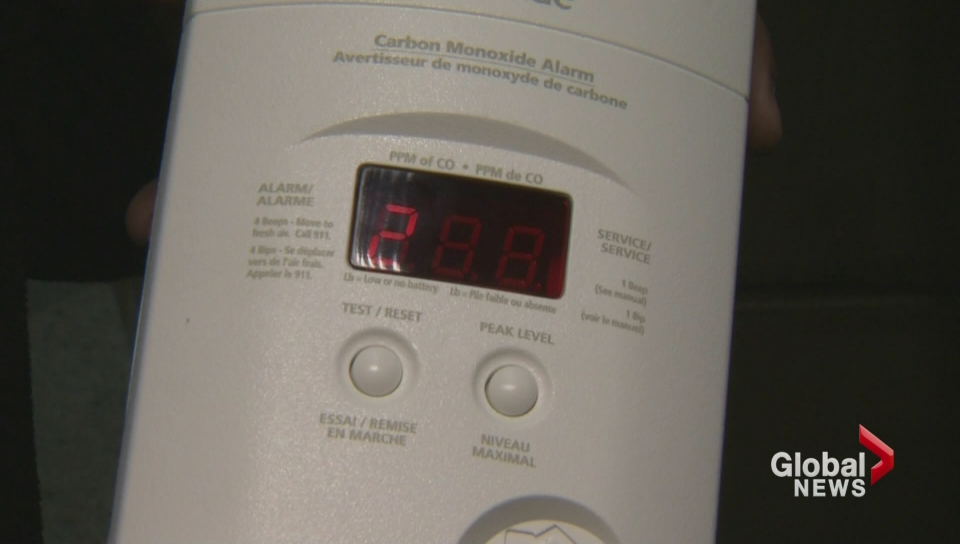Carbon monoxide (CO) alarms can save lives.

CO is an invisible, odourless, and colourless gas created when fuels burn incompletely.
Saskatchewan government officials said CO incidents rise in the winter as people rely more on natural gas appliances like furnaces.
A recent CO incident in Saskatoon was blamed on a faulty furnace.
Firefighters were called to a home on Nov. 8 for a report of a CO alarm sounding.
Crews performed an air assessment and found a dangerously high CO reading of over 400-parts-per-million.
No one was injured in the incident.
“A dedicated alarm is the only reliable warning that carbon monoxide is present,” Duane McKay, Saskatchewan’s assistant deputy minister of public safety, said in a release.
“Install both smoke alarms and CO alarms in your home. The early warning these alarms provide give you and your loved ones the time you need to escape dangerous situations.”
CO detectors should be placed in each major area of a home.
Detectors should be tested monthly, batteries changed once a year, and the unit replaced every 10 years.
There are other steps that can be taken to prevent CO build-up in homes.
“It’s also important to check your vents throughout the year, especially as the weather changes, as there can be heavy snowfall or ice buildup,” said Asif Ali, SaskPower’s director of gas inspection.
Symptoms of CO exposure are often confused with the flu: headaches, nausea, burning eyes, and dizziness. Prolonged CO exposure can lead to confusion, drowsiness, loss of consciousness, brain damage, and death.
Over 300 people die, and hundreds more are hospitalized each year in Canada from CO exposure.


Comments